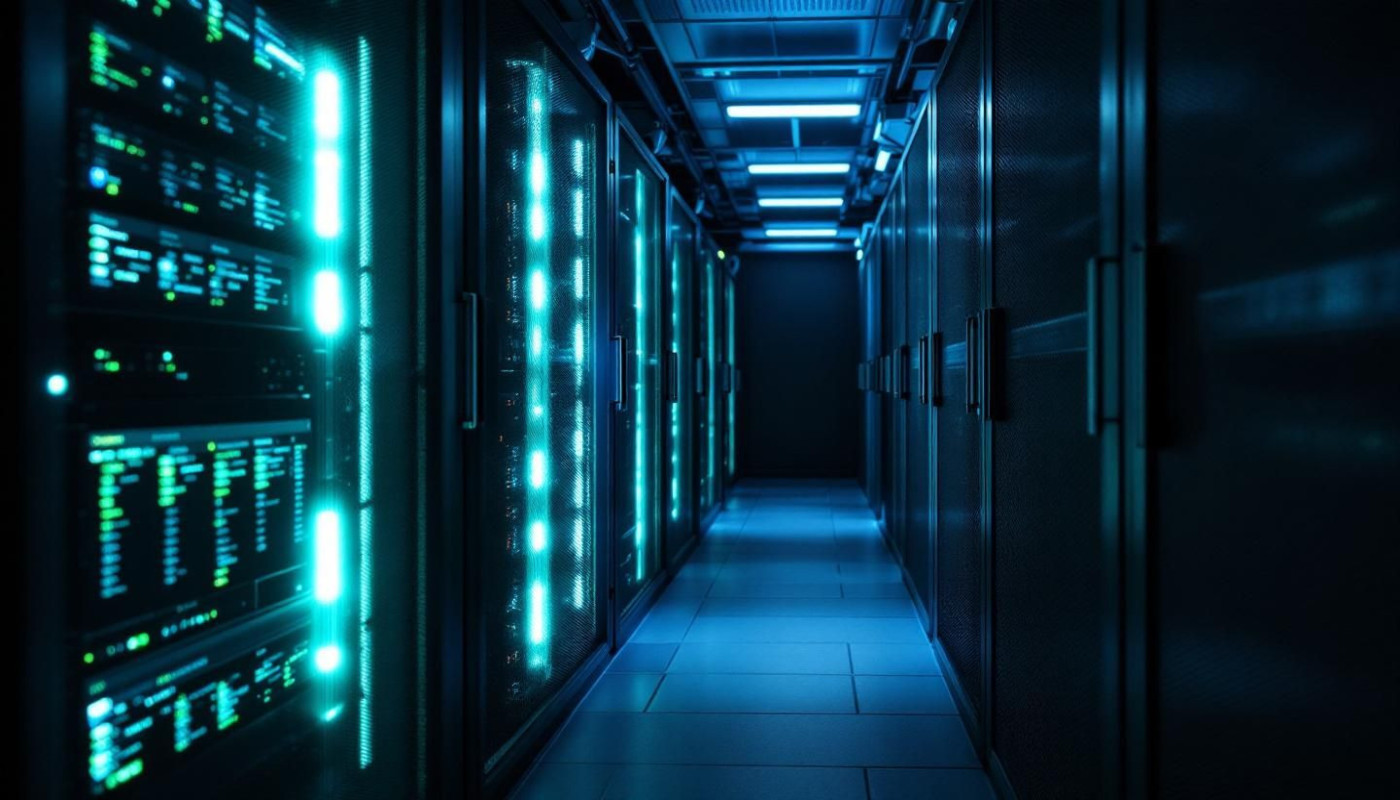Table of contents
In an era where digital threats are ever-evolving, ransomware stands out as a particularly insidious form of cyber attack that can cripple businesses and wreak havoc on systems. Understanding the intricacies of ransomware recovery and prevention is vital for maintaining the integrity of your digital assets. This blog post delves into effective strategies that can help organizations mitigate the risks and navigate the aftermath of an attack, ensuring they remain resilient in the face of this cyber menace. Prepare to explore the depths of safeguarding your data against the modern scourge of ransomware.
Understanding Ransomware and Its Impact
Ransomware is a type of malware infection that locks or encrypts the victim's data, making it inaccessible until a ransom is paid, usually demanded in cryptocurrency. This cyber security threat can bring significant disruption to both businesses and individuals, leading to operational downtime, financial loss, and potential data breaches. Ransomware attacks are generally carried out by exploiting system vulnerabilities, such as outdated software or phishing emails. Once inside the system, the malware utilizes a robust encryption algorithm to seal files, effectively holding them hostage. The consequences of these attacks can range from temporary loss of access to critical data to complete operational paralysis, jeopardizing the victim's financial stability and reputation. As ransomware continues to evolve, understanding its mechanisms and impacts is paramount in developing effective defense and recovery strategies.
Proactive Measures to Thwart Ransomware
In combating the pervasive threat of ransomware, preemptive actions are paramount. An effective data backup strategy cannot be understated; by ensuring regular and secure backups, organizations can maintain the integrity of their data and significantly reduce the impact of potential attacks. The practice of software patching is equally vital, as keeping systems up-to-date with the latest security patches closes vulnerabilities that cybercriminals exploit. Similarly, the fortification of network security through robust network security solutions plays a pivotal role, with the implementation of a firewall serving as a technical bulwark against unauthorized access.
On the human front, phishing awareness training arms employees with the knowledge to identify and avoid malicious attempts to infiltrate the network. The success of such training can dramatically decrease the chances of an individual inadvertently granting access to sensitive systems. Furthermore, the establishment of strict access control measures ensures that only authorized personnel have access to critical data, thus minimizing the risk of internal threats and limiting the potential damage of an attack. Collectively, these strategies forge a multi-layered defense against the constantly evolving menace of ransomware.
Restoration and Recovery Post-Ransomware
In the wake of a ransomware attack, a structured approach to system restoration is pivotal. Initiating the recovery process involves utilizing a clean backup; this is a replica of your data that was saved before the breach and remains untainted by the attack. System restoration from a clean backup not only ensures continuity but also serves as a foundation for rebuilding systems and restoring operations. Alongside this, data integrity verification is an indispensable step to confirm that the restored data is accurate, complete, and free of malware. In instances where the complexity of the attack surpasses in-house capabilities, enlisting professional recovery services may be warranted. These specialized services aid in conducting thorough post-incident analysis, which is key to understanding the attack's impact and strengthening defenses. Moreover, maintaining secure backup storage is a technical term that underscores the significance of safeguarding backup data. It is a preventive measure that can greatly diminish the risk of data loss in future ransomware incidents by ensuring that backups are inaccessible to attackers and readily available for recovery.
Building Long-term Resilience Against Ransomware
To fortify their defenses and build long-term resilience against ransomware, businesses are urged to undertake a continuous security practice evaluation. This involves regularly reviewing and updating cybersecurity policies to address evolving risks. An investment in advanced threat detection systems can significantly enhance an organization's ability to identify and respond to threats before they materialize. By leveraging cyber threat intelligence, companies can anticipate attack vectors, including the notorious zero-day vulnerabilities, which are exploits for previously unknown security holes. Such preemptive measures are integral to a comprehensive resilience strategy. Moreover, the development of robust business continuity plans ensures that operations can maintain or quickly resume in the event of a ransomware attack. This planning is not a one-time event but an ongoing process that must adapt to new threats. Emphasizing the significance of staying informed about emerging threats, business leaders can foster a culture of vigilance that permeates each level of the organization, thereby solidifying their defense against the scourge of ransomware.
Immediate Response to a Ransomware Incident
When a ransomware infection is detected, initiating a swift and strategic response is vital to mitigate its impact. The first step involves activating your incident response plan that should outline all the necessary procedures to handle such a crisis. Immediate steps include isolating infected systems to prevent the spread of the ransomware to other network segments. Isolation could involve disconnecting from the internet, turning off wireless capabilities, or physically separating affected devices from the rest of the network.
Subsequent to containment, conducting a thorough damage assessment is imperative to understand the extent of the infection and potential data loss. This process will determine which systems are compromised and if decryption keys could potentially recover the affected data. Concurrently, establishing a clear communication protocol will ensure that all stakeholders, from employees to customers, are informed about the incident and the measures being taken.
While ransom demands may seem like a quick fix, it is generally advised not to pay the ransom. Succumbing to these demands does not guarantee the recovery of your data and may further embolden attackers to continue their malicious activities. Moreover, paying the ransom can also fund other illegal activities. Instead, focus on restoration from backups, seeking assistance from cybersecurity professionals, and if necessary, engage with law enforcement. For additional resources on handling ransomware incidents and to discover advanced recovery strategies, click to find out more.
Similar articles

Exploring The Impact Of Kubernetes Update Strategies On System Security

Understanding The Risks And Rewards Of A Kubernetes Cluster Upgrade

Maximizing Website Efficiency With Expert Maintenance And Support Services

Best Practices For Securing Your Personal Computers Against Common Vulnerabilities

